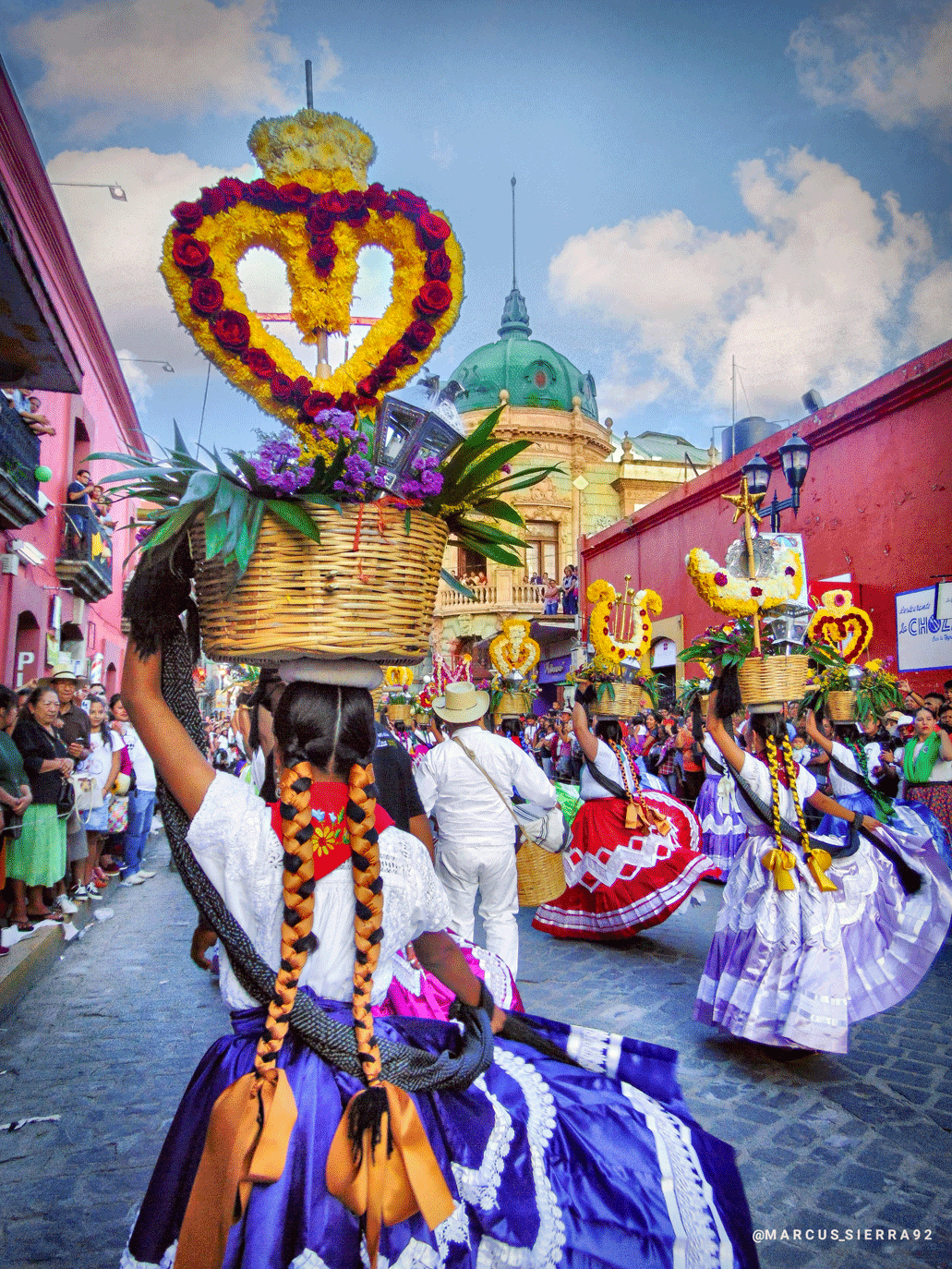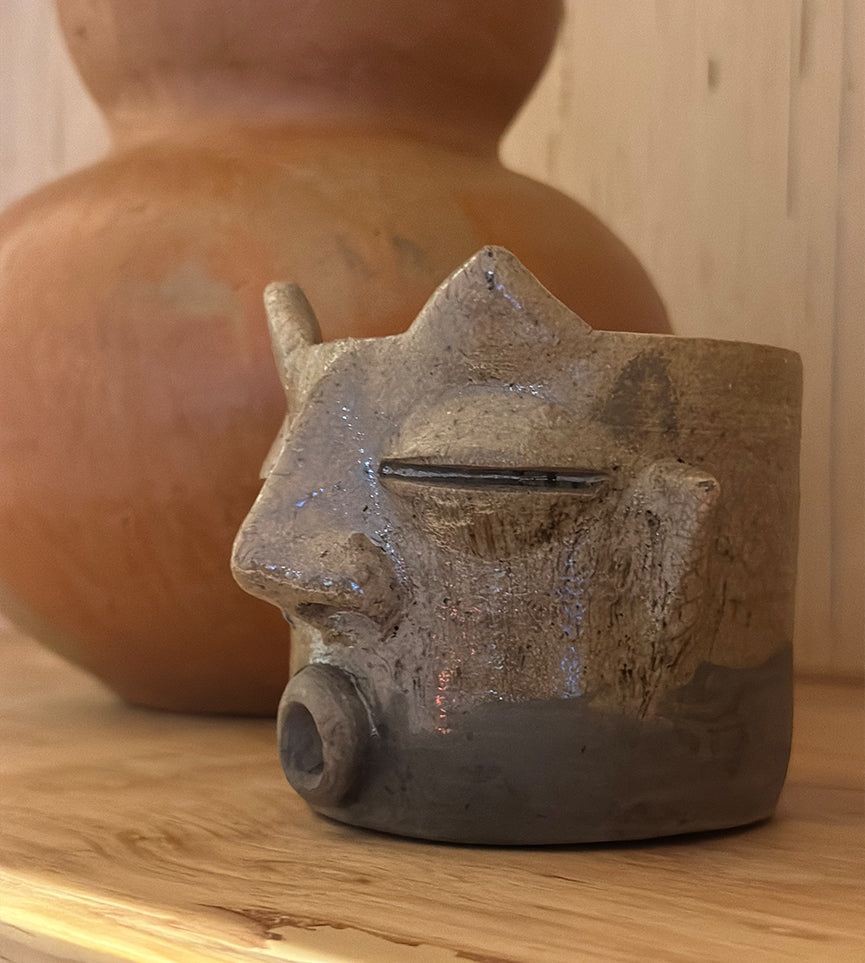
During these days the Guelaguetza is celebrated in Mexico. It is one of the most important cultural celebrations not only in that country, but in all of Latin America. The Guelaguetza is a festivity, based in Oaxaca, where the richness of several cultures is mixed through dance and music.


